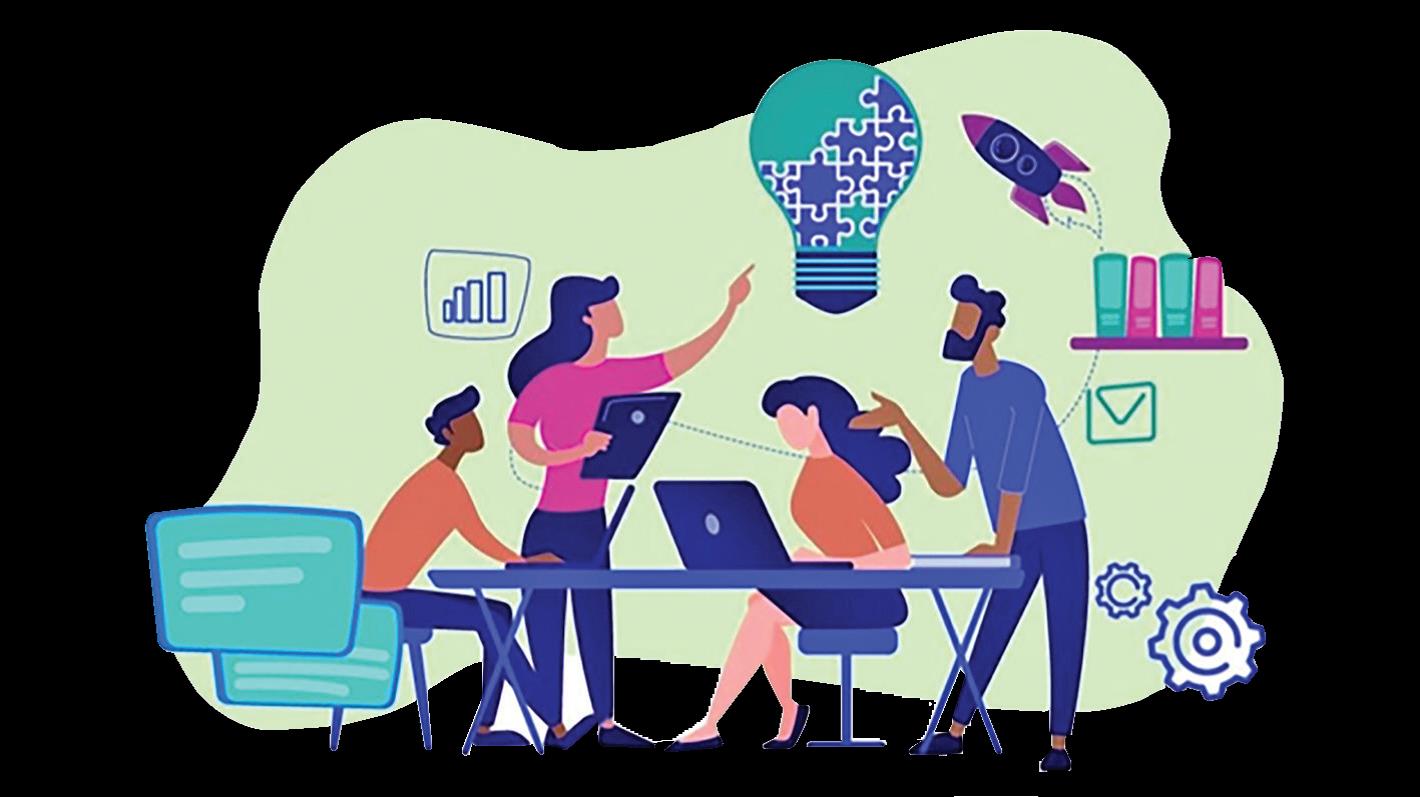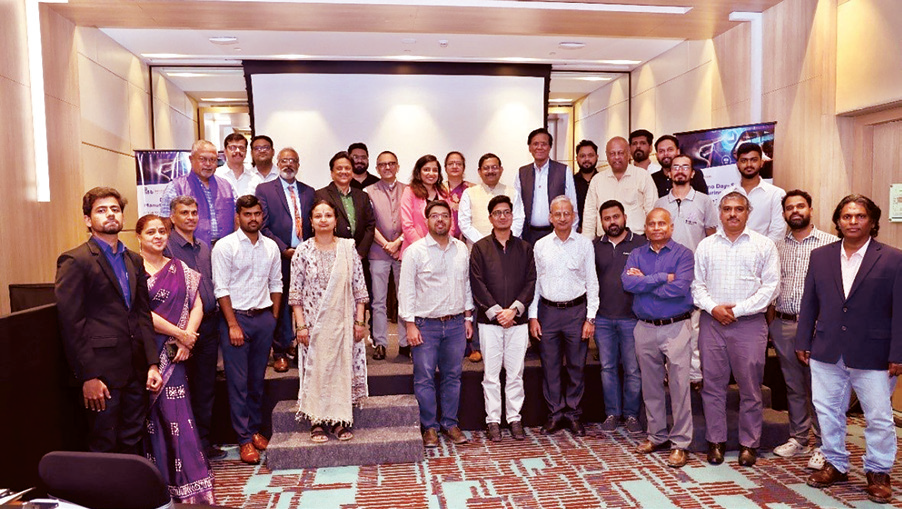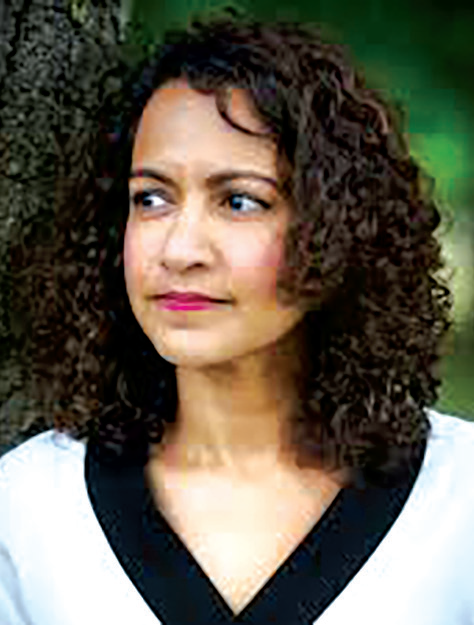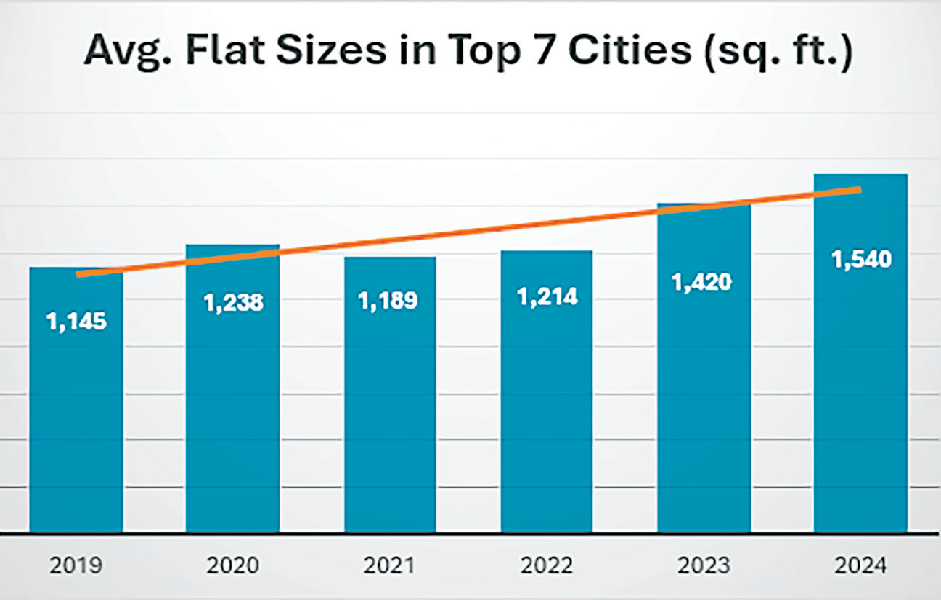
Breaking barriers: Ensuring digital accessibility for all
Imagine being accepted into one of the most prestigious institutions in the country, only to find that the very tools meant to facilitate your learning are completely inaccessible to you.
This was the stark reality for Deepak Kumar Gupta, a Ph.D. scholar at a leading institute in Delhi, the nation’s capital.
As the world shifted to online learning during the COVID-19 pandemic, Deepak and other students with disabilities across various institutions faced an unexpected barrier: the digital infrastructure was not designed to accommodate their needs.
If digital inaccessibility is a problem of India's toptier institutions, what must be the situation in other colleges across the country?
Digital accessibility is not just about making the internet easier to use; it's about ensuring that everyone, regardless of their abilities, can participate equally in our speedily digitizing world. Digital accessibility can create equal opportunities for individuals with disabilities, boosting their productivity and inclusion in educational, economic, and political activities.
According to the World Wide Web Consortium (W3C), digital accessibility means that websites, tools, and technologies must be designed so that people with disabilities can use them effectively.
Yet, the WebAIM Million Report reveals that 98% of the world's top one million websites fail to meet basic accessibility standards. For over a billion people with disabilities worldwide, including an estimated 150 million in India, the lack of digital accessibility presents daily challenges.
Digital inaccessibility poses significant challenges and hardships for persons with disabilities (PwDs), impeding their ability to fully participate in various aspects of modern life.
They often encounter barriers when using websites, applications, and digital services that are not designed to this end. For instance, visually impaired users face challenges when websites contain non-text content such as images, videos, or graphics without alternative text descriptions.
Without these descriptions, screen reader software cannot convey the meaning or context of the content to the user. Those with motor disabilities find it difficult to navigate sites that do not support keyboard shortcuts or alternative input methods.
This digital divide exacerbates social isolation, limits educational and employment opportunities, and hinders access to essential services such as online banking, health - care, and govern - ment resources.
The issue becomes particularly pressing in educational settings, where many e-books shared with students are in PDF format, often consisting of scanned images converted into PDF files.
"I feel the internet archive website is not fully accessible. There is the National Digital Library; I have an account, but it asks for a Captcha to proceed, and the same is not screen-reader-friendly.
On many platforms, the Captcha issue is present, which is very annoying and frustrating. There are also issues in navigation and inaccessible graphical elements. Inaccessible ads are also very problematic, as they distract the screen reader's speech and cursor pointers.
Additionally, many times I am not able to find the download link as the whole website is not properly structured", highlights Mr. Deepak.
Creating accessible content is essential to ensure inclusivity and prevent the marginalization of individuals with disabilities. For people who are blind, alternative text descriptions for meaningful images and keyboard navigability are crucial as they rely on screen readers and cannot use a mouse.
Those who are deaf benefit from captioning in video presentations and visual indicators instead of audio cues. Individuals with motor impairments might use alternative keyboards, eye control, or adaptive hardware to type and navigate devices effectively.
For people with learning disabilities, an uncluttered screen, consistent navigation, and plain language are vital for ease of use. With advancing technology, we have the tools and resources to address the challenges of accessibility in the digital space effectively.
Innovative apps are setting the benchmark for digital accessibility, thereby ensuring inclusivity. SignAble revolutionizes communication for the deaf with realtime video interpretation services, providing sign language interpreters and visual notifications for seamless interactions.
Kibo empowers the visually impaired by converting printed and handwritten text to audio using OCR, supporting multiple Indian languages with a design that works effortlessly with screen readers.
Inclov, a unique social app, helps people with disabilities find partners through an optimized user interface and accessible chat and video call features. Paytm, a widely used digital wallet, offers voice-guided navigation and screen reader compatibility, making transactions easy with large buttons and readable text.
WhatsApp, continuously innovating to enhance user experience, stands out with features like voice notes, reactions, and video calling, becoming the first digital gateway for many Indians.
NaviLens assists visually impaired users in navigating public spaces using augmented reality and distant code detection, supporting various Indian languages.
These apps not only cater to specific accessibility needs but also exemplify the potential of inclusive technology in transforming lives and bridging digital divides.
Embracing AIdriven solutions, such as smart glasses equipped with advanced functionalities, exemplifies society’s commitment to fostering inclusivity and independence for individuals with disabilities.
These innovations not only bridge the gap between the non-digital and digital worlds for the blind but also empower them to navigate their surroundings independently. AI-powered screen readers, voice recognition software, and adaptive learning platforms can further enhance the online experience for individuals with a range of disabilities, enabling them to participate fully in educational, economic, and social activities.
As a society, we must continue to harness the potential of AI to create a more inclusive digital landscape.
By prioritizing accessibility in the design and development of new technologies, we can ensure that everyone, regardless of their physical or cognitive abilities, has equal access to information and opportunities.
Let us strive towards a future where accessibility is not just an option but a fundamental aspect of our digital landscape, ensuring that no one is left behind. Together, we can build a world where technology serves as a bridge to empowerment and inclusion for all.
Author Kuhu Agarwal is a final-year student of Public Policy at the National Law School of India University, Bengaluru, and Lubna Ismailee is a lawyer. Both are Urban Mobility fellows at Young Leaders for Active Citizenship.
Their work on disability rights with the Nipman Foundation focuses on Health, Dignity, and Happiness for Persons with Disabilities and underprivileged communities.
 English daily published in Bengaluru & Doha
English daily published in Bengaluru & Doha






